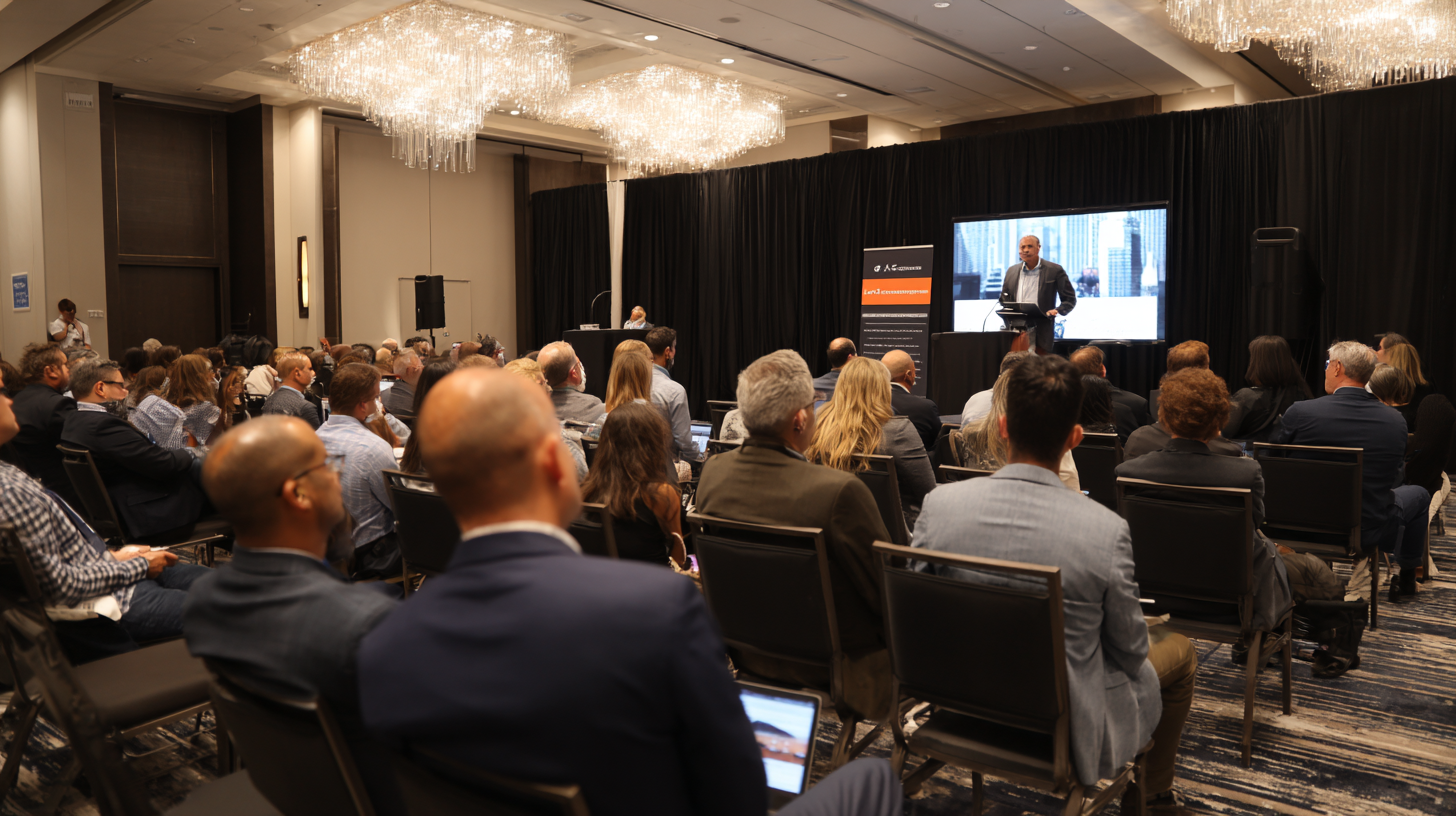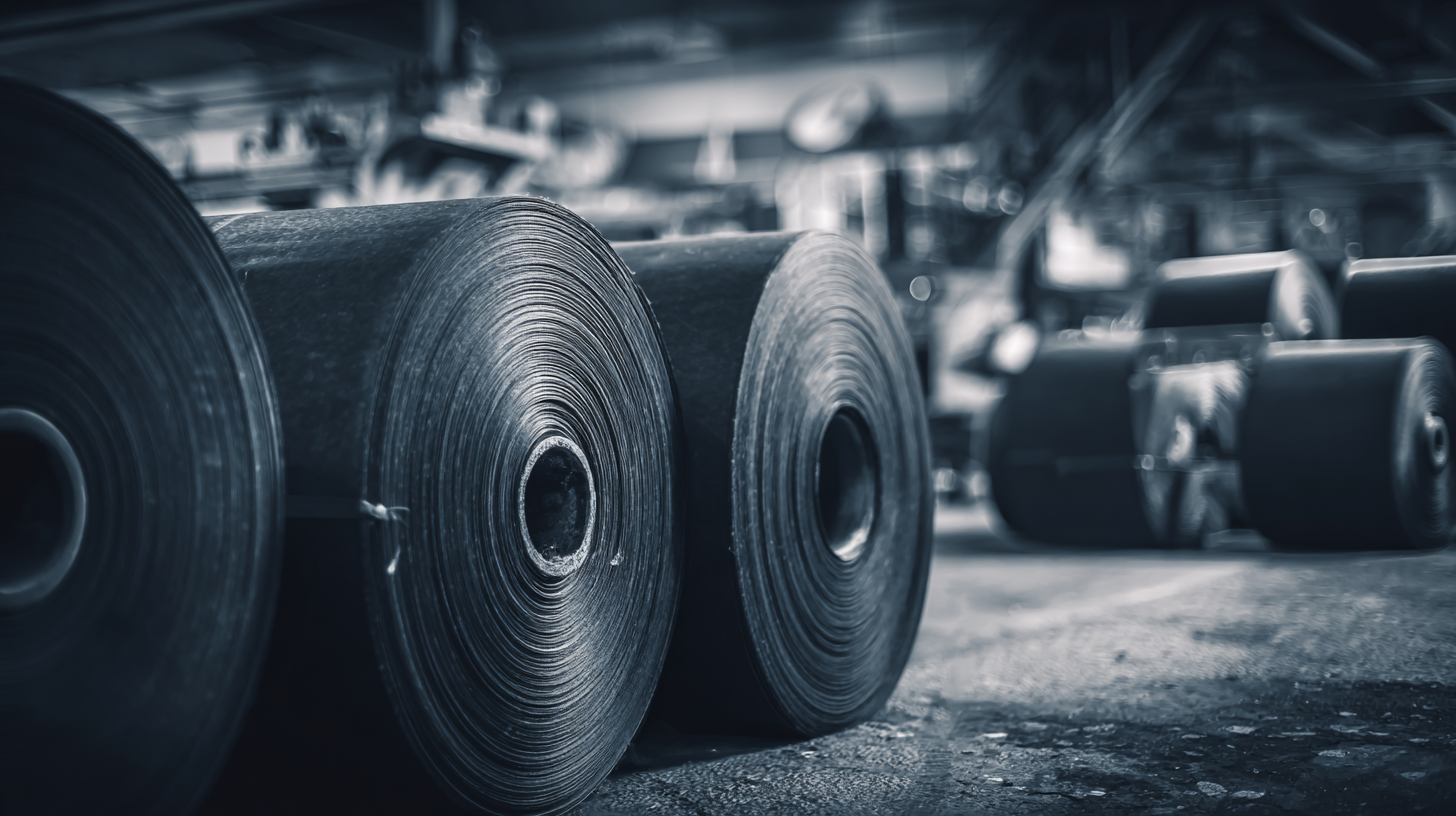As we approach 2025, the rubber cutting industry is poised for significant advancements, driven by innovative technologies and increasing demand from global markets. According to a recent industry report, the global rubber processing equipment market is expected to reach $6.89 billion by 2025, highlighting the critical role of the Rubber Cutting Machine in enhancing productivity and precision in manufacturing processes.
 Emerging trends indicate a shift towards automation, smart manufacturing, and eco-friendly practices, which are reshaping the landscape of rubber cutting solutions. Chinese manufacturers, renowned for their superior production capabilities and technological expertise, are at the forefront of these developments, offering optimal solutions tailored to meet the diverse needs of global buyers. This blog will explore the latest trends in rubber cutting technology and present insights into how these innovations can benefit businesses worldwide.
Emerging trends indicate a shift towards automation, smart manufacturing, and eco-friendly practices, which are reshaping the landscape of rubber cutting solutions. Chinese manufacturers, renowned for their superior production capabilities and technological expertise, are at the forefront of these developments, offering optimal solutions tailored to meet the diverse needs of global buyers. This blog will explore the latest trends in rubber cutting technology and present insights into how these innovations can benefit businesses worldwide.
The rubber cutting technology industry is witnessing exciting advancements, paving the way for diverse applications across multiple sectors. In the automotive industry, intricate rubber cutting processes are being utilized to produce more efficient and lightweight components, such as seals and gaskets, enhancing overall vehicle performance and fuel efficiency. As electric vehicles become increasingly prevalent, the demand for specialized rubber parts that can withstand higher temperatures and stresses is driving innovation in cutting techniques.
Additionally, the medical sector is leveraging advanced rubber cutting technology to create customized solutions that meet stringent health standards. From surgical gloves to medical tubing, precise cutting methods ensure product quality and safety, catering to the specific needs of healthcare providers. Moreover, the packaging industry has embraced rubber cutting for creating protective packaging materials that offer both durability and flexibility, ensuring products remain safe during transport. These emerging applications reflect the versatility of rubber cutting technology, making it an indispensable tool for global buyers looking to stay ahead in competitive markets.

The rubber processing industry is poised for significant transformation by 2025, but global buyers face a variety of challenges that could impede their progress. According to a recent report by Smithers Pira, the global rubber market is projected to reach $482 billion by 2025, reflecting a compound annual growth rate (CAGR) of 3.8% from 2020. However, buyers must navigate issues such as fluctuating raw material prices, which have risen by over 20% in the last year alone, and the complex logistics involved in sourcing materials from different regions. These price fluctuations can dramatically impact production costs and ultimately affect profit margins.
Moreover, the adoption of advanced rubber cutting technologies presents its own set of challenges. Buyers looking to implement automated cutting systems may face high initial investments and the need for skilled labor to operate these advanced solutions. A study by Technavio highlights that the adoption of automation in rubber processing can lead to efficiency improvements of up to 30%, yet many companies are hesitant due to insufficient training and support. As the industry evolves, it will be crucial for global buyers to seek optimal solutions that not only address these challenges but also enhance their competitive edge in a rapidly changing market landscape.
| Trend | Description | Challenges | Optimal Solutions |
|---|---|---|---|
| Automation | Increased use of automated cutting machines to enhance efficiency. | High initial investment costs. | Partnership with equipment manufacturers for financing options. |
| Precision Cutting | Technologies that ensure precise and consistent cuts to reduce waste. | Need for skilled operators for high-tech machines. | Training programs for workforce development. |
| Sustainability | Emphasis on eco-friendly materials and processes in rubber cutting. | Adapting existing processes to meet sustainability standards. | Investing in sustainable technologies and materials. |
| Digitalization | Utilizing software for design and production management. | Data security and integration issues. | Implementing robust cybersecurity measures. |
| Customization | Growing demand for customized rubber products. | Complexity in managing diverse customer requirements. | Flexible manufacturing systems to accommodate variations. |
In the evolving landscape of rubber cutting technology, 2025 is set to witness groundbreaking advancements that aim to enhance operational efficiency. With an anticipated growth from $1.5 billion in 2024 to $2.8 billion by 2033, the die cutting foam services market underscores the escalating demand for innovative solutions in rubber processing.
Moreover, the synergy between cutting-edge technology and strategic partnerships is redefining the rubber mixing domain, highlighting the importance of collaboration in achieving superior outcomes. By focusing on sustainable practices and high-performance materials, businesses can not only meet the complex needs of contemporary markets but also contribute to environmental stewardship. Emerging solutions, such as rapid and environmentally friendly methods for rubber removal, illustrate the industry's ability to adapt and innovate in alignment with global sustainability goals. As these trends manifest, global buyers are poised to benefit significantly from optimized rubber cutting techniques and enhanced operational capabilities.
As the rubber industry approaches 2025, automation and robotics are set to redefine rubber cutting technology dramatically. According to a recent report by MarketsandMarkets, the automation market in the rubber sector is expected to grow at a CAGR of 9.1%, highlighting the increasing shift towards automated solutions. Robotics, equipped with advanced sensors and AI-driven analytics, enhances precision in cutting operations, significantly reducing material waste and improving throughput times.

When selecting rubber cutting technology providers, global buyers should prioritize certain best practices to ensure they make informed decisions that align with industry advancements. According to a recent report by MarketsandMarkets, the rubber cutting industry is projected to grow at a CAGR of 5.1% from 2023 to 2028, highlighting the importance of adopting cutting-edge technologies to remain competitive. Buyers should first evaluate providers based on their technological capabilities, such as the automation level and precision of cutting equipment. Advanced technologies like laser cutting and waterjet cutting are becoming increasingly favored due to their efficiency and minimal waste.
Furthermore, it is crucial to assess the supplier's ability to offer customized solutions tailored to specific production needs. A report from Grand View Research indicates that customization in rubber processing can lead to a 20% increase in operational efficiencies. Buyers should seek partners who demonstrate flexibility and responsiveness in their offerings. In addition, checking references and conducting site visits can provide insights into the provider's reliability and production capabilities. By implementing these strategies, buyers can identify the most suitable rubber cutting technology providers to enhance their production processes and achieve sustainable growth.
